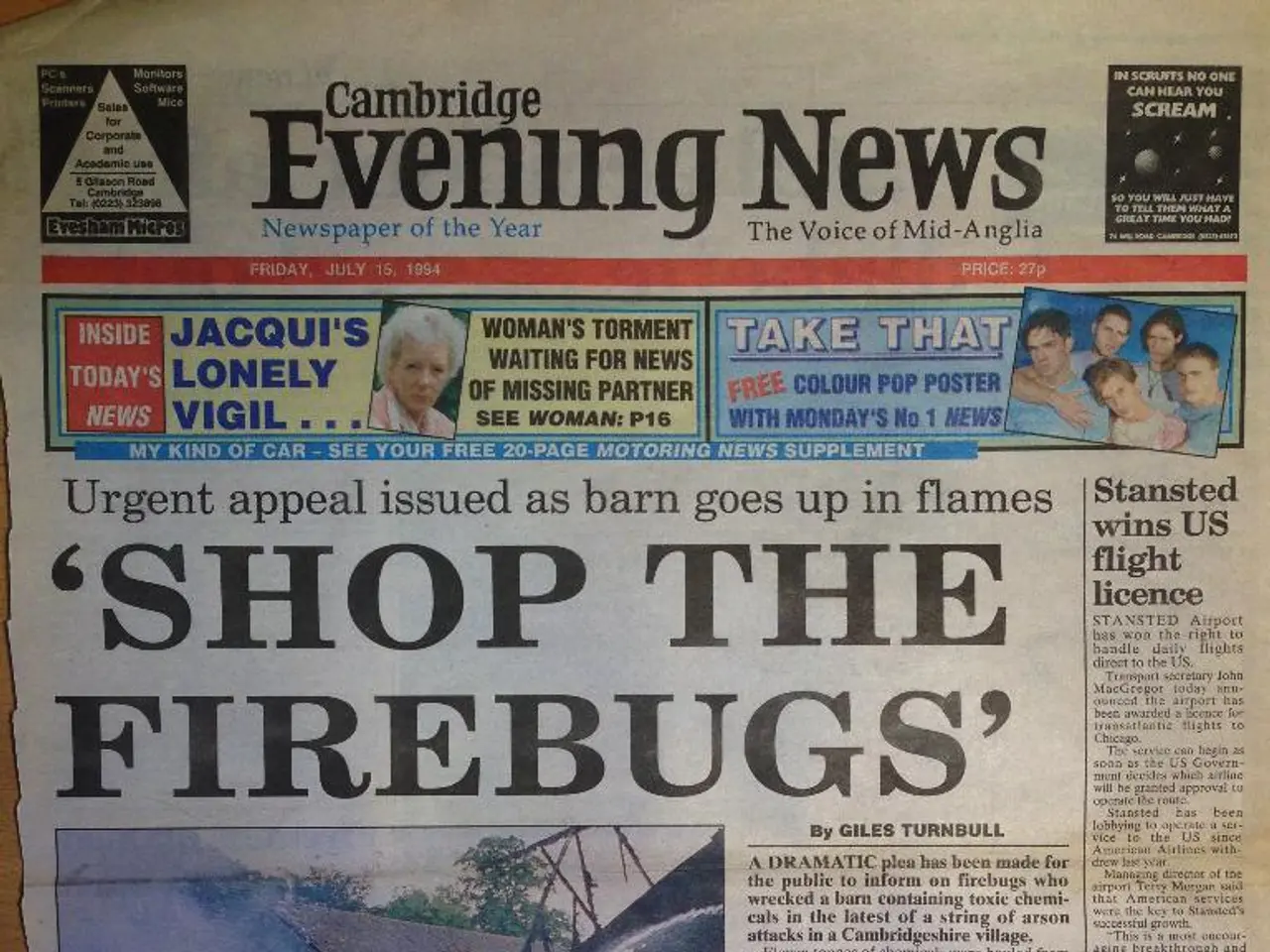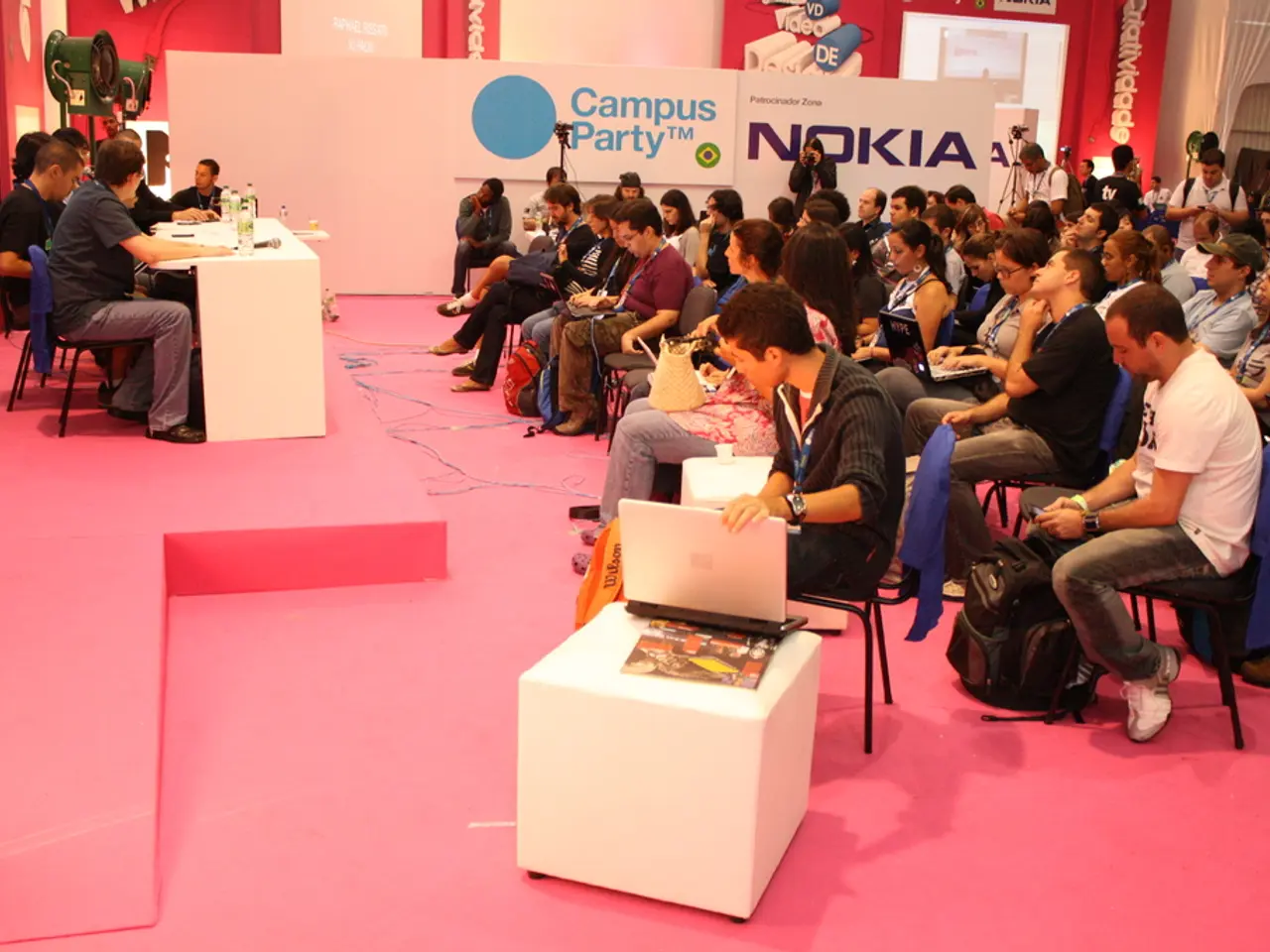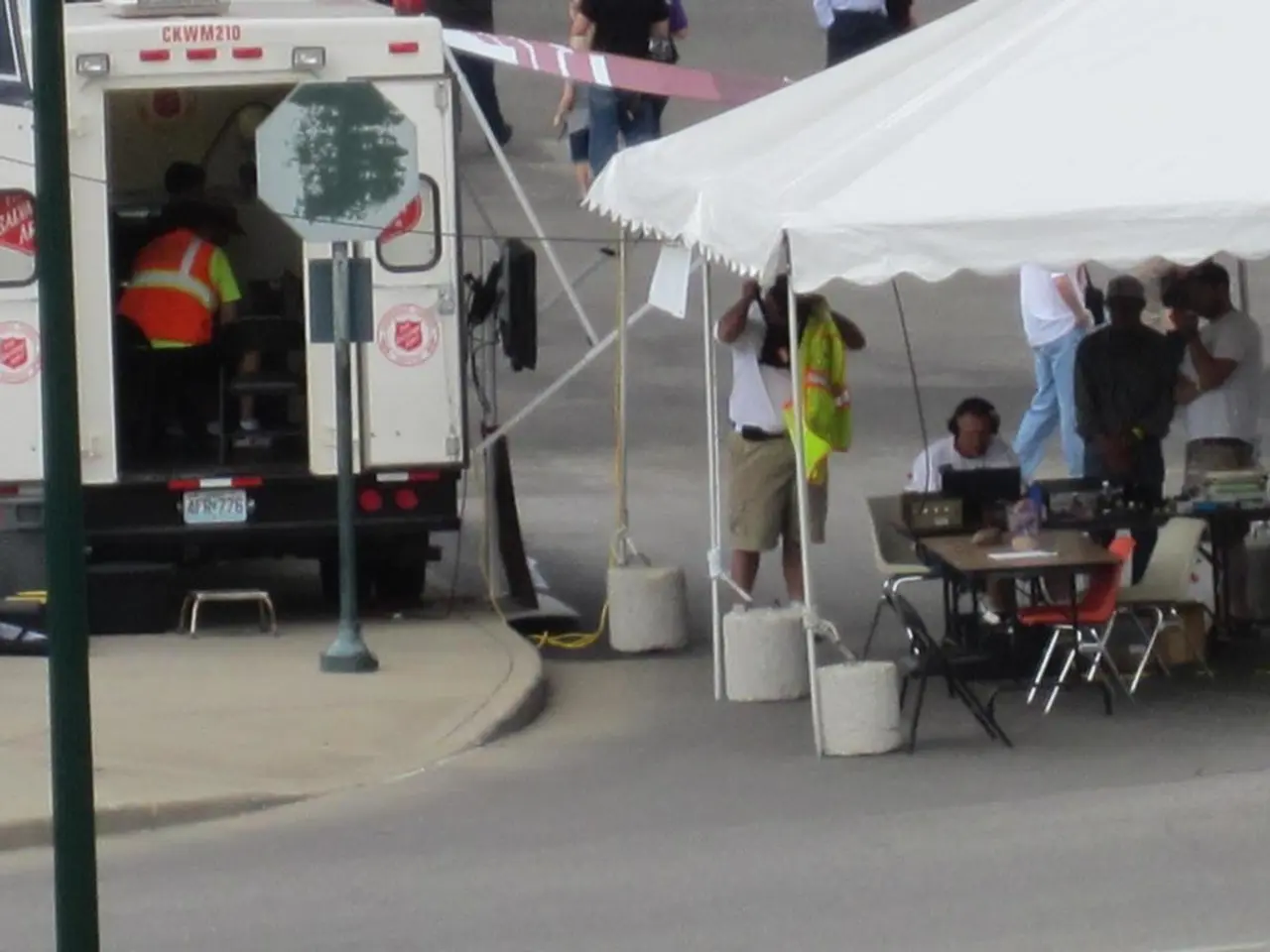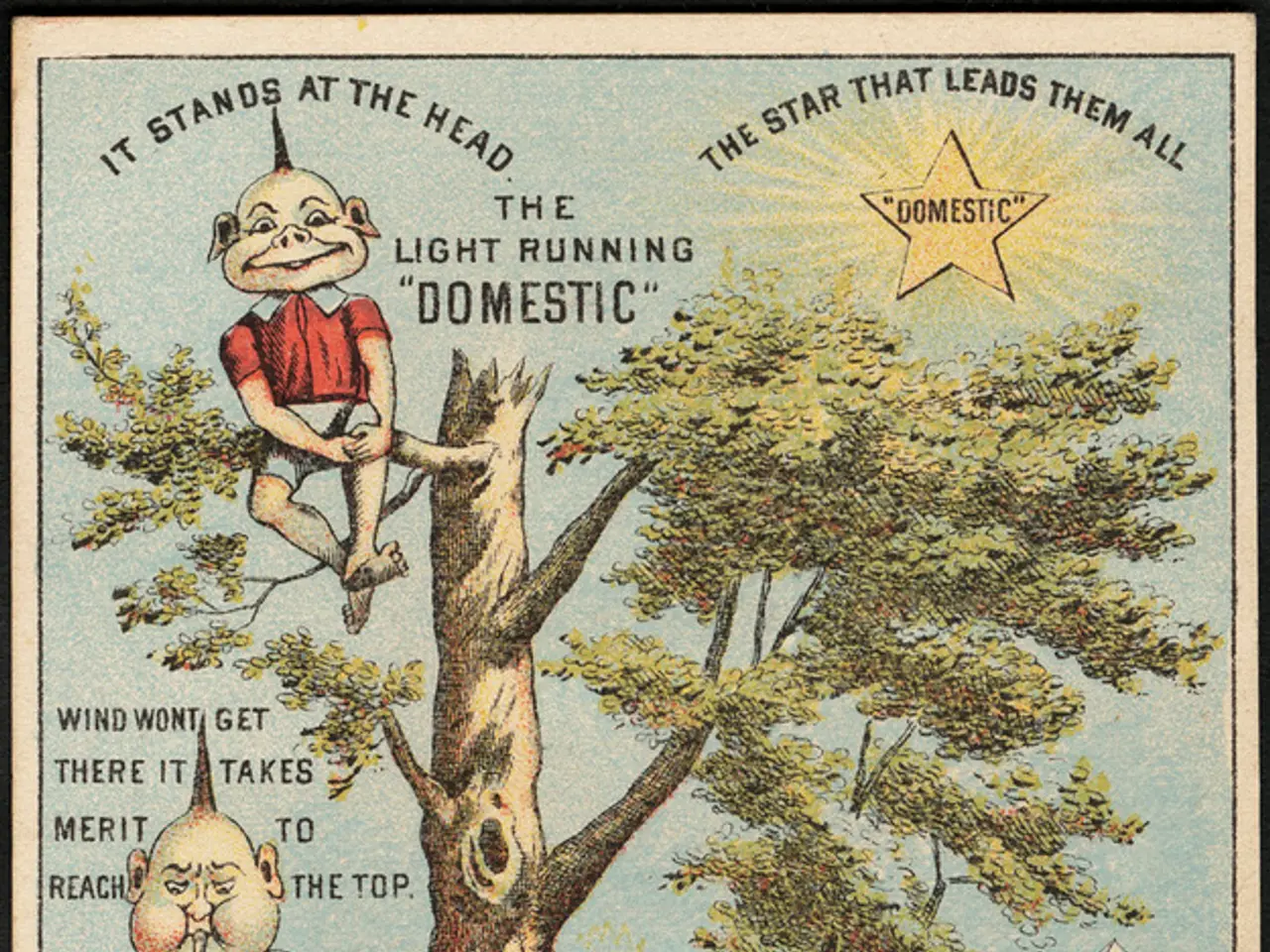Tactics for Publicizing Local Political Gatherings by Political Figures
In the digital age, political leaders have a plethora of tools at their disposal to reach supporters and mobilize communities. This article explores strategic techniques for leveraging both digital and traditional media to promote events effectively.
**Multi-Channel Engagement** Political leaders should engage with their supporters across various platforms, including email, social media (Facebook, Twitter, Instagram, LinkedIn, TikTok), and SMS. This involves posting action alerts, tagging local legislators, and using segmented content tailored to different demographics to increase relevance and engagement [1].
**Authentic Storytelling and Personal Branding** Authenticity is key—voters respond to leaders who appear relatable and transparent online. Campaigns like Zohran Mamdani’s, which used unfiltered, behind-the-scenes content, have demonstrated this effectiveness [2]. This approach builds trust and loyalty more effectively than polished, scripted messaging.
**Targeted Digital Advertising** Online ads remain a major tool for reaching specific audiences, especially younger demographics who are highly active on social media. Campaigns should tailor content by platform, objective (fundraising, persuasion, get-out-the-vote), and audience segment [3].
**Integration with Advocacy Platforms** Using unified advocacy software allows leaders to track interactions, personalize follow-ups, and measure the impact of digital outreach [1]. This ensures that online engagement translates into real-world action—such as event attendance, volunteer sign-ups, or donations.
## Strategic Traditional Media Techniques
**Press Releases and Earned Media** While digital is dominant, traditional media still reaches important audiences. Issuing press releases to local newspapers, radio, and TV stations can generate earned media coverage, especially for events of public interest [4].
**Direct Mail and Flyers** Though less central than in the past, targeted direct mail and flyers can effectively reach older or less digitally connected voters. These materials should complement digital efforts, providing tangible reminders of events and calls to action [4].
**Community Partnerships** Partnering with local organizations, businesses, and influencers can amplify event visibility. These partnerships can be promoted both online and through traditional channels, creating a cross-media presence [4].
## Cross-Media Integration
**Event Promotion and Follow-Up** Promote events across both digital and traditional channels for maximum reach. After the event, use digital tools to follow up with attendees, segment communications based on involvement, and encourage further action [1].
**Campaign Reporting and Adjustment** Continuously monitor which channels and messages yield the best results, using analytics tools to adjust strategies in real time. Track metrics like attendance, engagement rates, and conversion to long-term support [1].
## Key Recommendations
- **Be Authentic Online:** Voters respond to genuine, relatable content that feels personal and unscripted [2]. - **Leverage Multi-Channel Campaigns:** Combine email, social media, SMS, and traditional media for broad and deep reach [1]. - **Use Data to Personalize:** Segment audiences and tailor messages for different platforms and demographics [1]. - **Integrate Digital and Traditional Efforts:** Ensure both complement each other, with consistent messaging across all channels. - **Measure and Adapt:** Continuously analyze campaign performance and adjust tactics to maximize effectiveness [1].
By combining authentic digital engagement with targeted traditional outreach, political leaders can effectively promote local events, build lasting relationships, and mobilize communities for impact. Strategies such as pre-event receptions, email marketing, press releases, RSVP processes, direct mail, community partnerships, creative follow-up messages, connecting with local media, and gated content can all contribute to a successful event promotion strategy.
In the realm of politics, merging authentic social media strategies with targeted email campaigns proves effective in reaching and engaging voters. For instance, posting relatable content on platforms like Facebook, Twitter, Instagram, LinkedIn, TikTok, and SMS can increase voter engagement [1].
To enhance campaign efforts, political leaders should leverage integration with advocacy platforms, ensuring that online engagement translates into real-world action such as event attendance, volunteer sign-ups, or donations [1].
Moreover, traditional media, such as press releases, direct mail, and flyers, can still reach important audiences, particularly those who are less digitally connected. By including these tactics in a comprehensive campaign strategy, political leaders can maximize their event promotion and mobilize their communities effectively [4].








